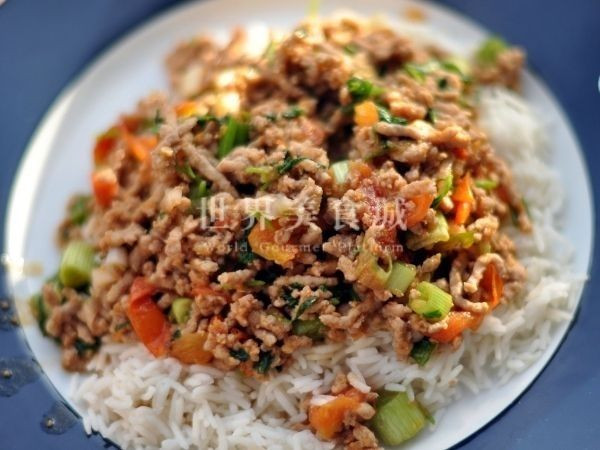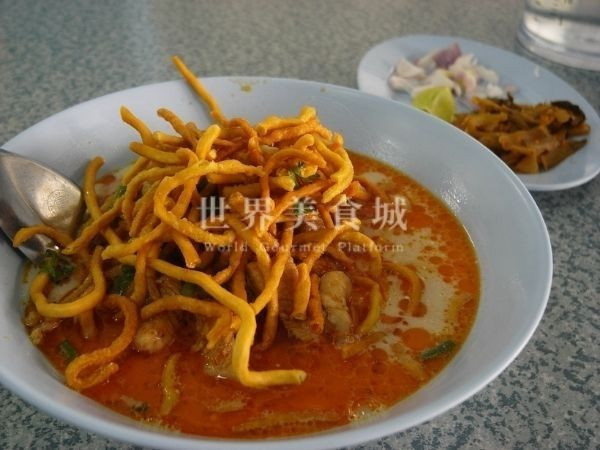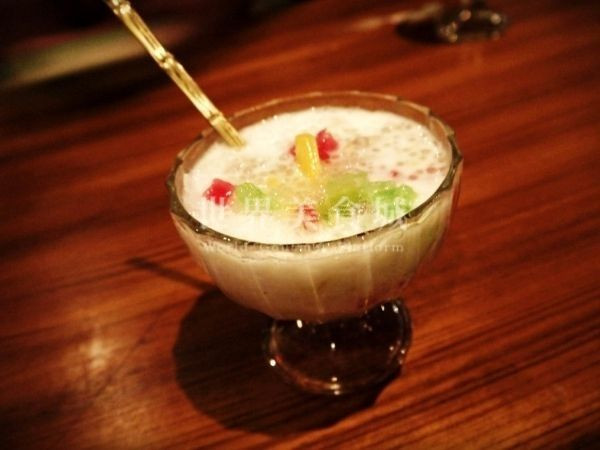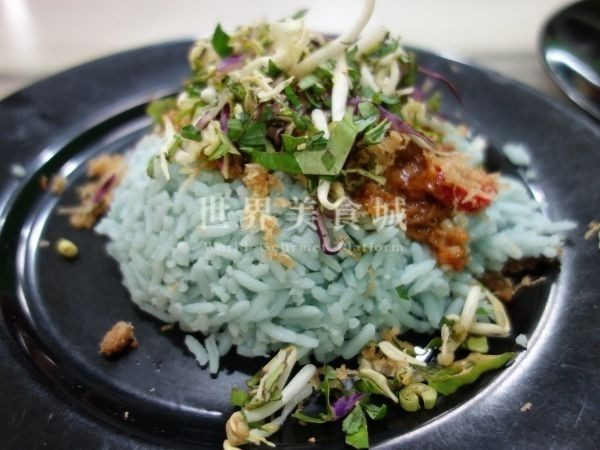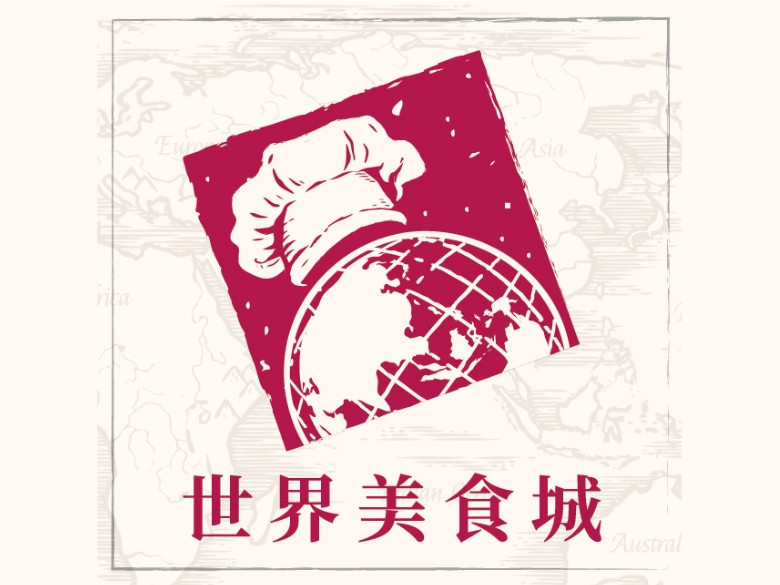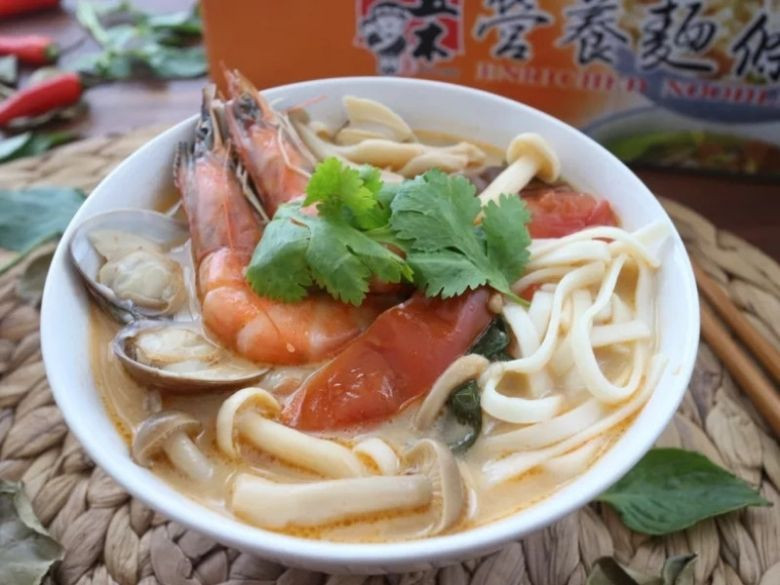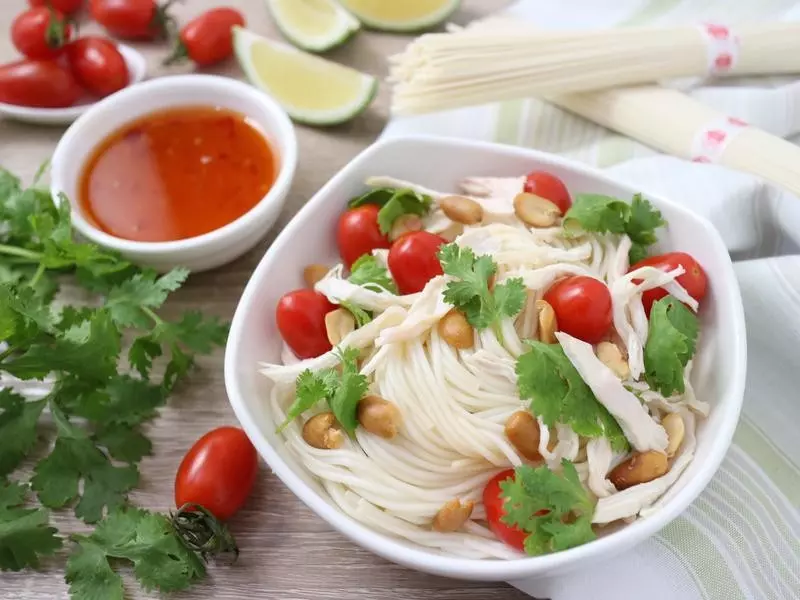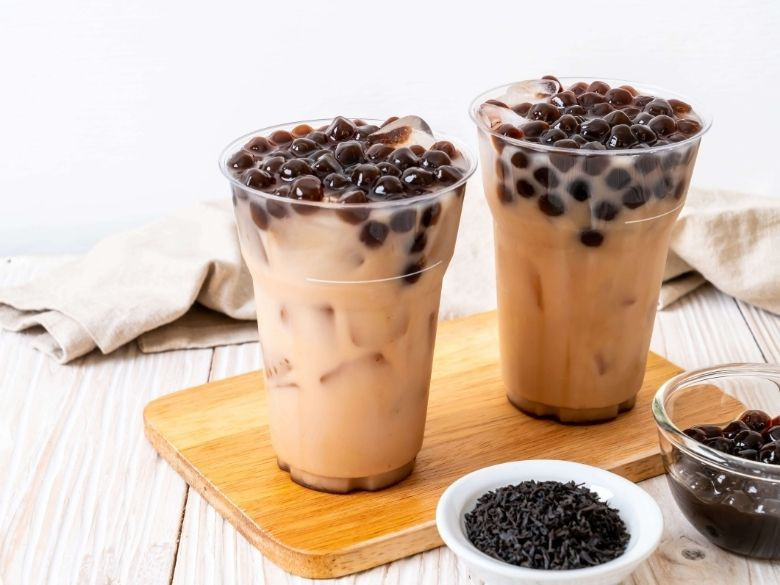An Insider’s Guide to Thai Cuisine of the Four Regions
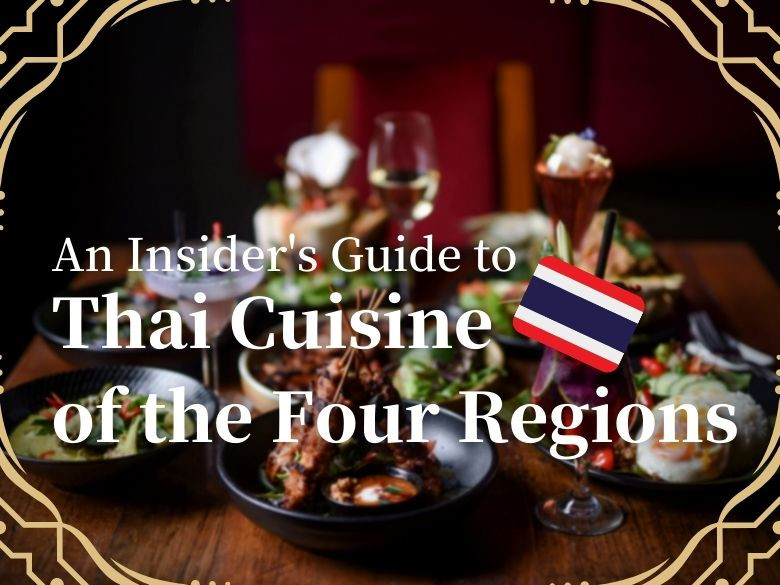
Speaking of Thai cuisine, most people come up with sour side dishes with chili seasonings, or something like spicy sweet curry. Yet as a country surrounded by a variety of cultures, Thailand has developed one of the most diverse food cultures in the world. Influenced by different weathers, geographical conditions, and historical backgrounds, Thai cuisine can be categorized into four styles by region. Time to follow WGP’s local guide to regional features of Thai cuisine, you won’t regret it!
Central Region - Classic Bangkok Style
Downstream the Chao Phraya River, the central plain of Thailand is rich in fisheries. It is no doubt that the most fertile area in Thailand lies in this region, profiting from the natural landform and water resources. Throughout history, the central plain has always been the center of political and economical powers, from the first Thai kingdom “Sukhothai” in the 13th century, to the current Chakri dynasty. Here is home to Thai royal cuisine, often considered the most delicate dishes in Thai styles, and visitors may find central cuisine come closest to what they know as “Thai food”.
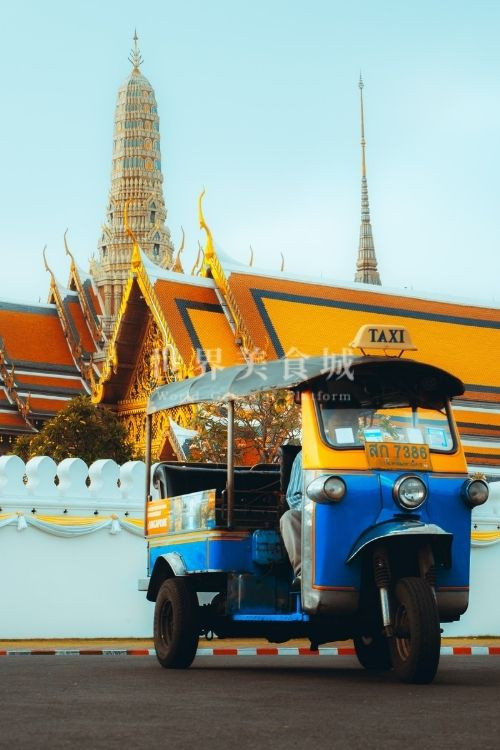
The most representative dishes in this region should go to phat kaphrao (ผัดกะเพรา) and tom yum goong (ต้มยำกุ้ง). Many people mistake “kaphrao” for a cooking style, but phat kaphrao actually has its name from a distinct herb. Kaphrao is a kind of basil with a special scent. In some foreign Thai restaurants, such as early Taiwan, people use basil as a substitute since kaphrao is hardly available. Known by many as Thailand’s national pride, tom yum goong, is a perfect blend of all the herbs and spices that you can imagine: galangal, tamarind, lemongrass, scallion, just to name a few. Having the basic elements in its name, “tom yum” literally means sour and spicy, while “goong” means shrimp. This signature Thai soup has a reputation as the world’s top 3 soups, alongside Bouillabaisse and Cantonese soup.
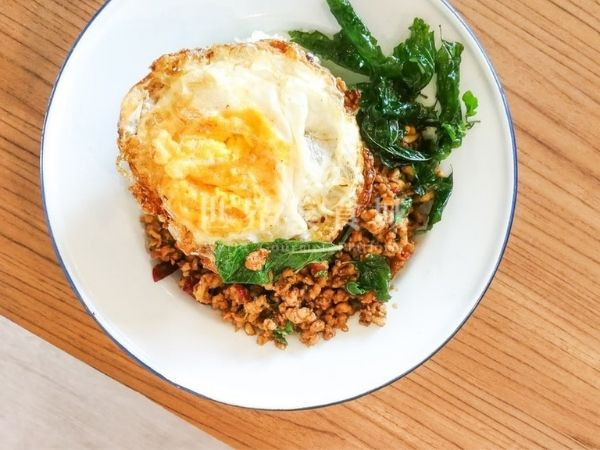
Phat Kaphrao
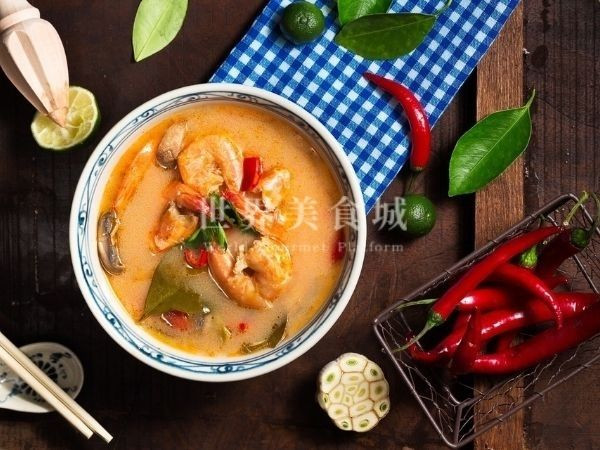
Tom Yum Goong
Chinese street food also has a big influence on central Thai food! From the 17th century, a large group of Teochew people emigrated to Thailand, so it’s not surprising to find the essence of Teochew cooking style in Thai cuisine. For example, the famous pad thai (ผัดไทย) was originally called kway teow pad, and you can also find the common Chinese street food - rice porridge and oyster omelet, everywhere in Thailand.
Another famous Thai dish that comes from this region is green curry. In fact, every region of Thailand favors different types of curry. In the central region, local people prefer sweet and spicy curry, so they cook green curry with palm sugar, coconut milk, and Thai eggplants. To make your green curry recipe more authentic, some cucumbers are recommended as side dishes!
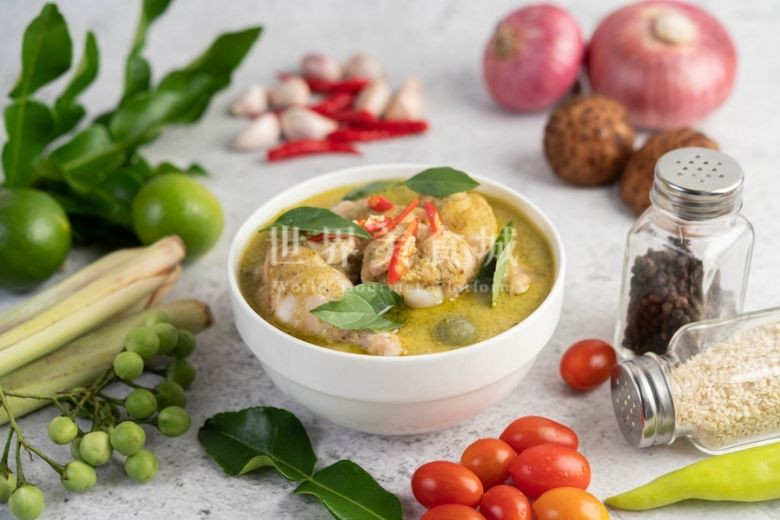
Northern Region - Lanna Style
While residents from the central and southern parts of Thailand usually consume jasmine rice as a staple food, those from the northern/ northeastern region eat glutinous rice instead. Being the origin of the Chao Phraya River, the northern mountainous terrain has mild climate and an abundance of vegetables. Since Thailand is bordered by Myanmar and Laos in the north, many Burmese cuisines have found their ways into Northern Thailand, such as nam prik ong (น้ำพริกอ่อง). Meanwhile, the Shan, an ethnic that loved fried food, also have shaped the food preference of the Northern Thai region. One of the most popular snacks, fried pork rinds, can best illustrate this phenomenon.
Another cuisine that also came from a neighboring country is khao soi (ข้าวซอย). In the 19th century, Muslim merchants from Yunnan, a mountainous province of China, journeyed to Thailand, bringing their noodle culture and this curry noodle soup to Northern Thailand. With a bowl of rich coconut curry soup, khao soi has a comforting flavor and crunchy bites at the same time, with zha cai and fried noodles sprinkled atop.
Lanna food, another way to name the cuisines that come from Northern Thailand, has its roots in the Lanna Kingdom established in the 13th century. Capitaled in Chiang Mai, Lanna Kingdom later became under the control of Siam in the 19th century. The Dai people from Northern Thailand and Xishuangbanna, China, had close ties when they used to jointly fight against the Mongol invasion. During that period of time, they even spoke the same dialects! Since the ethinic Dai is also known as Bai Yi, nowadays some northern Thai cuisines often have similar flavors with Yunnan Bai Yi street food.
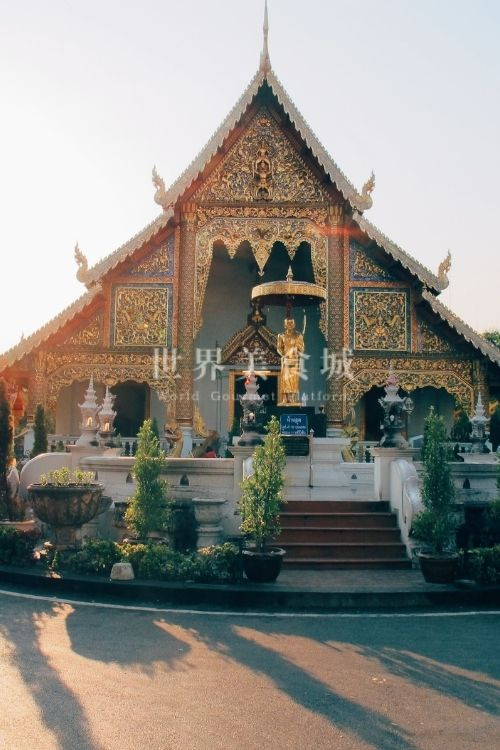
As Burmese food was deeply influenced by Indian culture, the curry flavor in Northern Thailand is thus slightly distinct from other areas. The representative curry here is pork curry: the flavor is lighter and a bit sweeter, often mixed with Indian curry powder, cinnamon, nutmeg, and other spices. Most importantly, the pork is just soft and tender, which gives the fragrance of all the herbs!
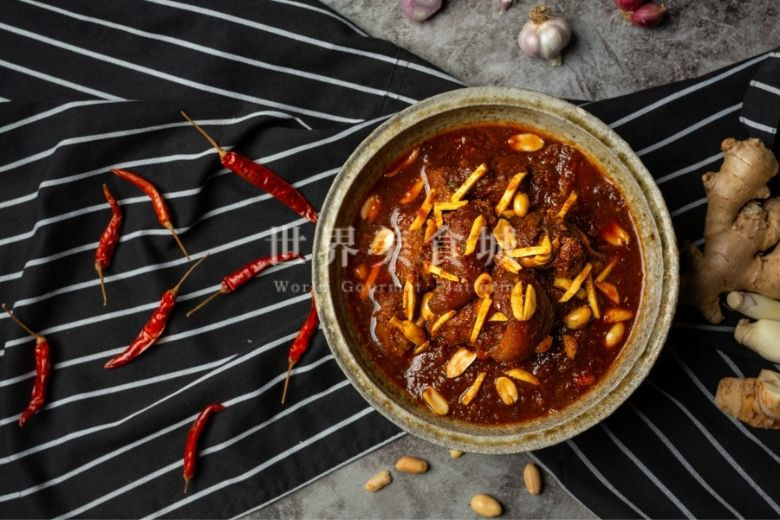
Northeastern Region - Isan Style
The Northeastern region, commonly known as Isan, where the Mekong River runs through, is bordered by Laos. Sour, spicy, sweet, refreshing, and not greasy can best describe Isan cuisine. We can see the food lineage in this area from a prevalent side dish in Thai restaurants, som tam (ส้มตำ), with its origin from Lao people in Thailand.
With uneven rainfall and poor soil fertility, this area has a disadvantage of farming. Thus frogs and insects are also commonly seen on an Isan kitchen table, other than in Laos and Cambodia. One of the featuring Isan dishes, mang dah (แมงดา), is to cook Indian giant water bugs with heavy seasonings.
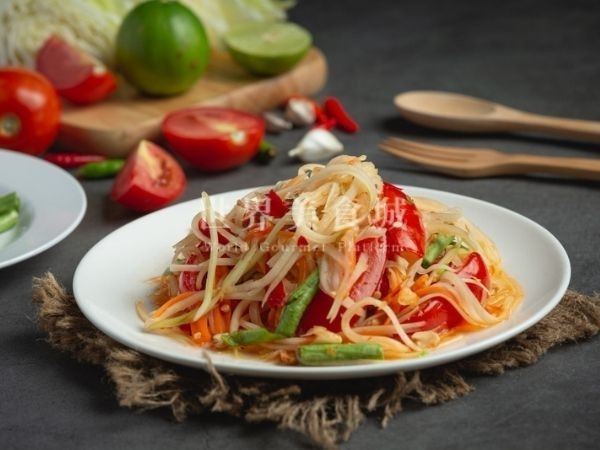
Som Tam
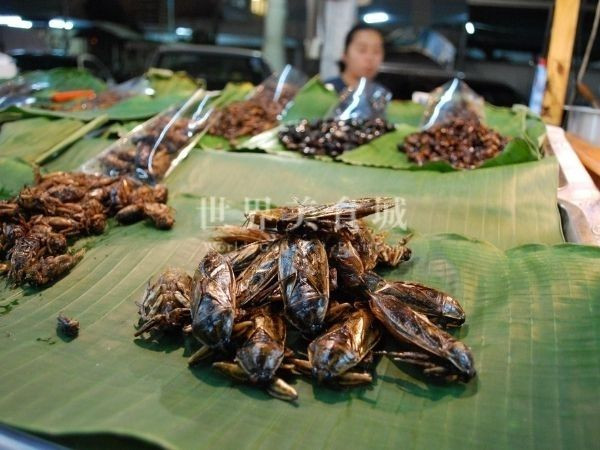
Mang Dah (image/ Flickr)
In the early years, with harsh geographical conditions, local people in the northeastern region preferred food with intense and spicy flavor. As they often had sticky rice as the main food, just a small amount of food could fill their stomachs.
The Isan people from this region have a close relationship with Lao. When Laos was taken by France and about to be colonized, Lao people emigrated to Northeastern Thailand, becoming the predecessors of the Isan people. Thus there are a lot of common words in Thai and Lao, and Lao people can even watch Thai movies without subtitles. In terms of food culture, the ties between the Isan area and Laos are even more inextricable.

The Isan-styled curry is usually cooked in broth along with herbs, spices, and vegetables, thus it looks more like vegetable soup. But don’t be deceived by its appearance! Though seemingly mild and light in flavor, it is extremely spicy that you can eat a vast amount of rice with a single bowl of curry!
Southern Region - Pattani Style
Southern Thai cuisine, or Pattani cuisine, is named in the same way as Lanna food. Ruled by the Pattani Kingdom back in the 15th century, the southern part of Thailand includes some famous tourist destinations such as Phuket island and Koh Samui. It’s a common saying that the shape of Thailand’s territory resembles an elephant; the southern region thus stands for the long trunk. The narrowest part of this area - Kra Isthmus, has only 56 kilometers in width.

With abundant maritime resources and tropical fruits, the southern part of Thailand has long been skilled at combining fruits, coconut, and seafood into their dishes. A renowned cuisine of this area is bubur cha cha (โบโบจาจ้า), a blend of coconut milk, sago, rambutan, and other fruits.
The southern food also has a hint of Islamic food culture, being influenced by the Arabic culture in the ancient times and the neighboring country Malaysia at the same time. Thai laksa and satay are the best representations that Malay and Indonesian food cultures played a big role in Southern Thai cuisine. Thus local people in this area favor intense flavor. Stink bean, for example, is a common ingredient in Southern Thailand, Indonesia, and Malaysia. It is usually cooked with chili paste, seafood, and meat. As its name suggests, stink beans have a special odor similar to natural gas, and unavoidably, people may give the same smell after eating them.
Another common ingredient here is butterfly pea. Popular for its gorgeous purple-blue color, it is also well received in other countries. Other than making butterfly pea flower tea, people have developed some creative recipes for this special ingredient, such as fried butterfly peas. In Southern Thailand and Malaysia, you can also find this ingredient cooked with rice, resulting in the famous blue rice “nasi kebaru”.
Though most of the dishes here contain a bunch of chili and coconut milk, the signature curry in the southern region is kaeng som. A sour and spicy fish curry, kaeng som (แกงส้ม) is a stew combined with shrimp paste, fish, vegetables (lotus stems, green papaya, etc,) and lime juice. Without the blend of coconut milk, kaeng som can taste a lot more spicy!
Find Your Favorite!
Now you may find your favorite Thai dishes include dishes from different regions and styles: simply order phat kaphrao, som tam, and burbur cha cha, you have traveled from North Thailand to the South! What’s your favorite Thai regional cuisine? Share your thoughts with us!

